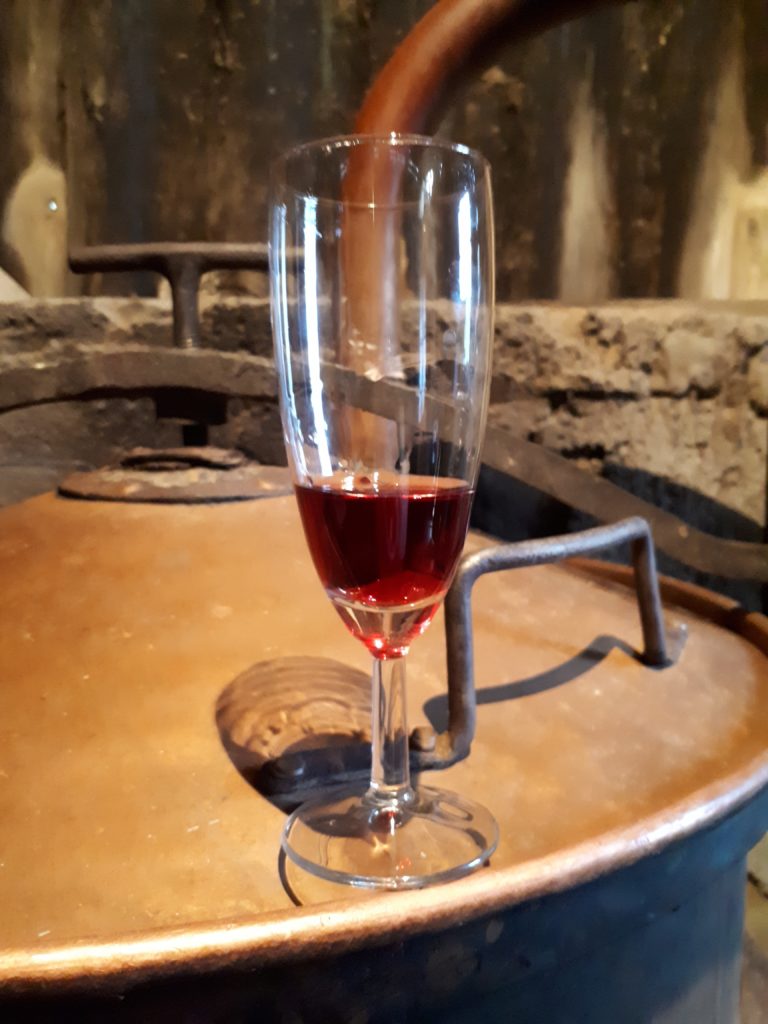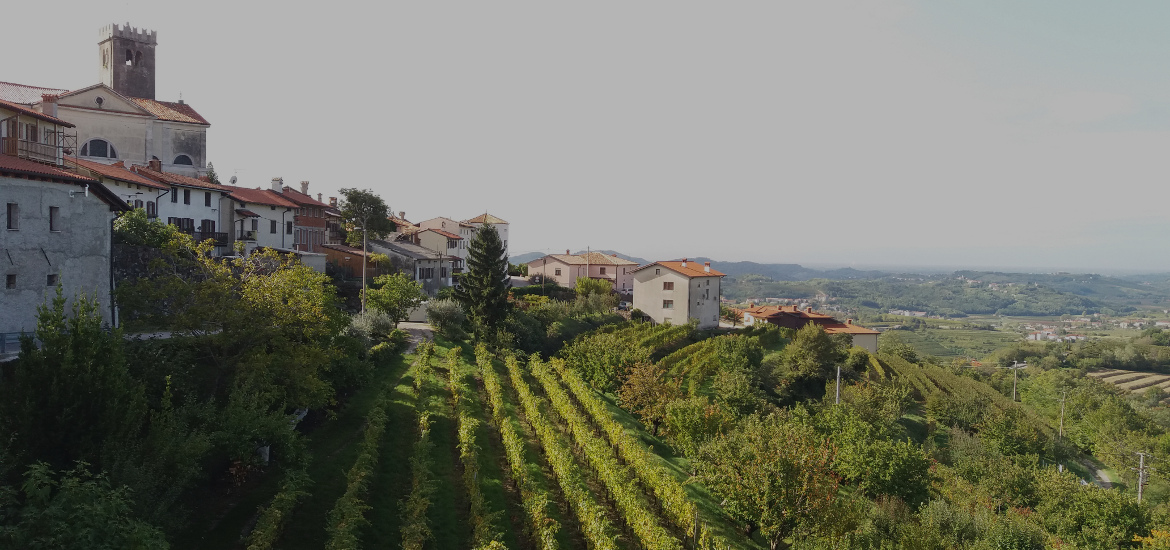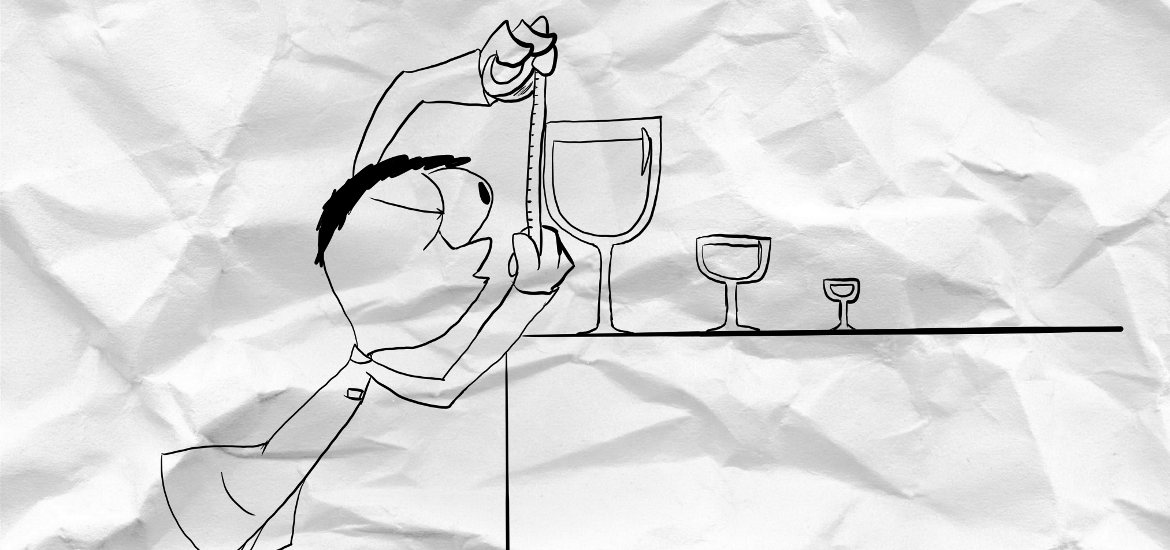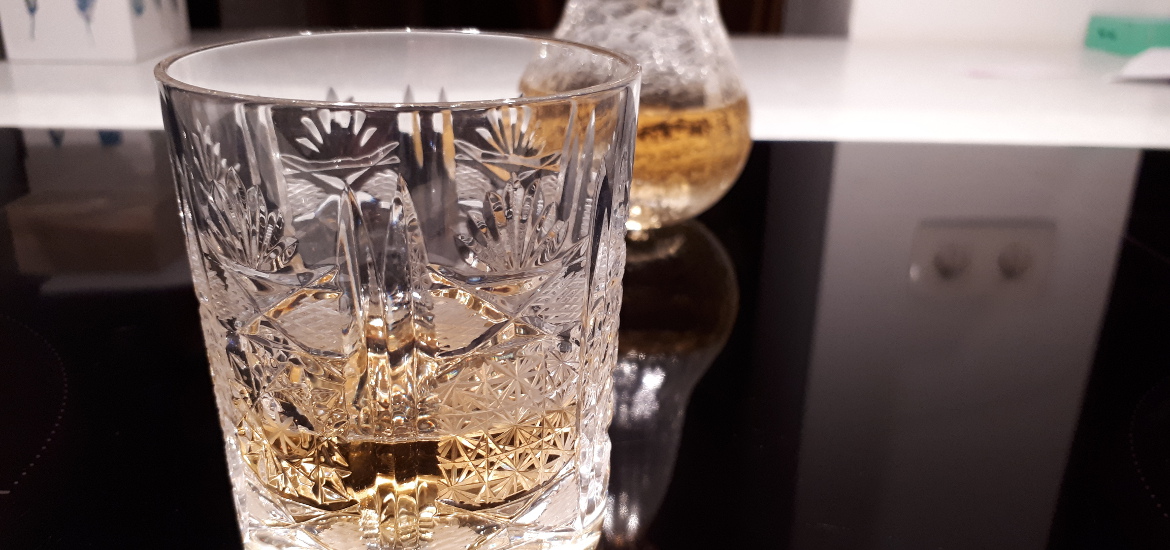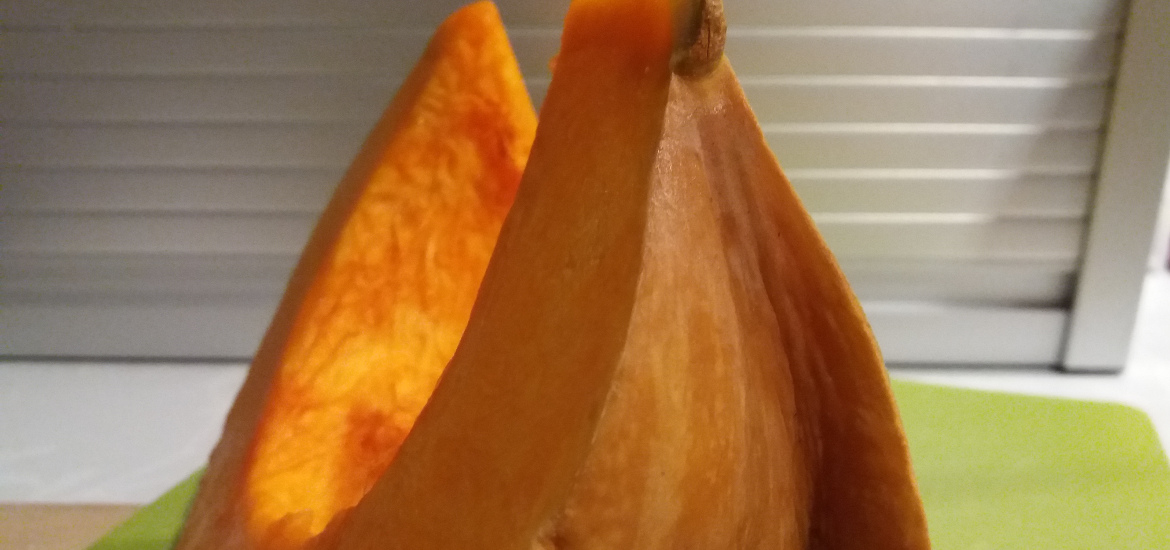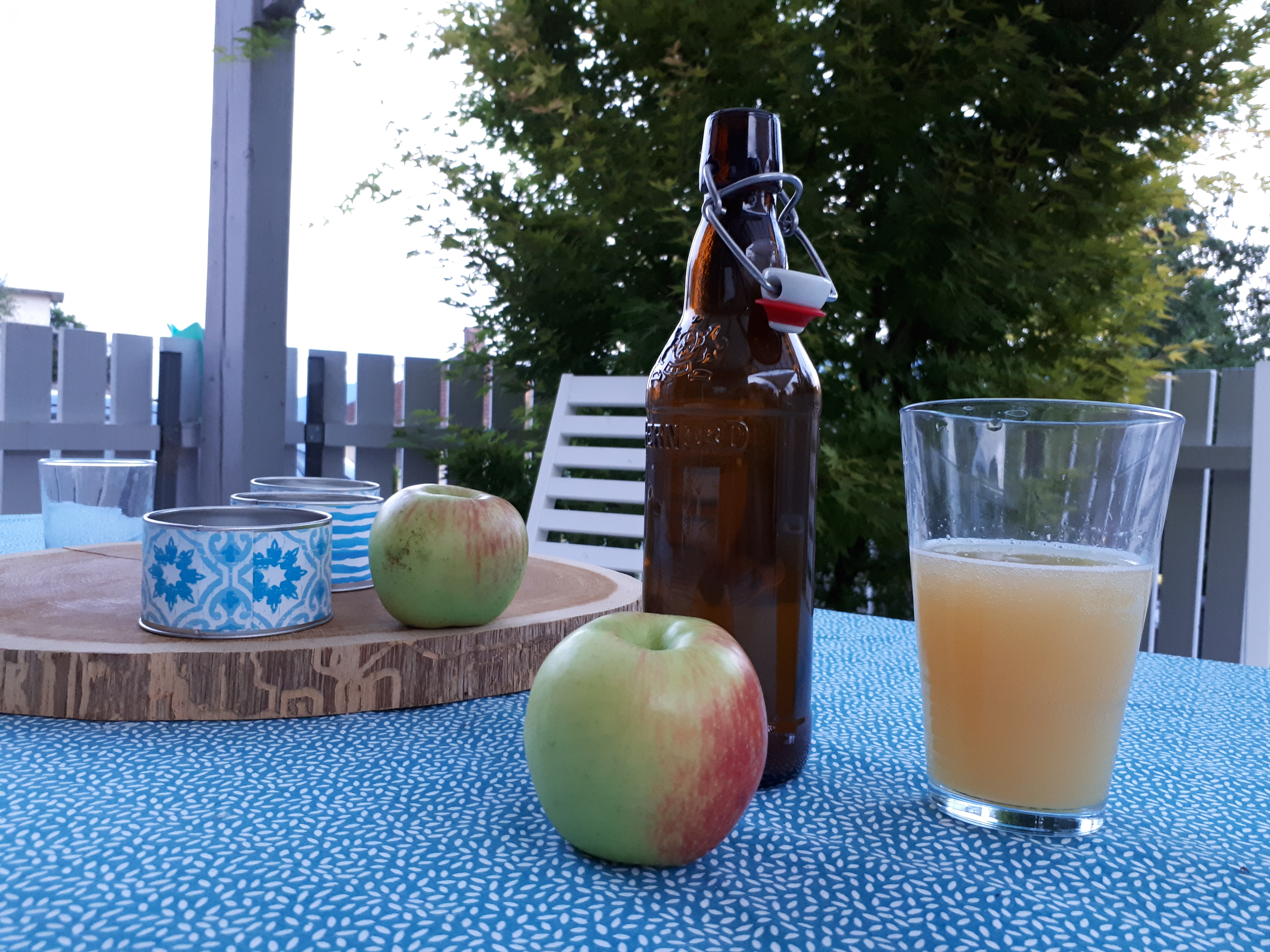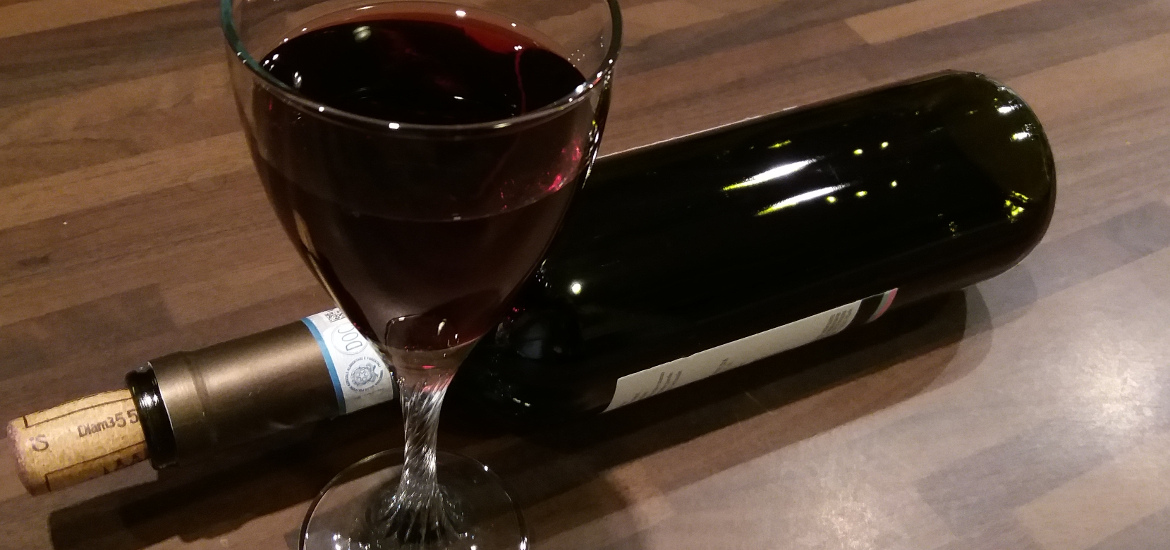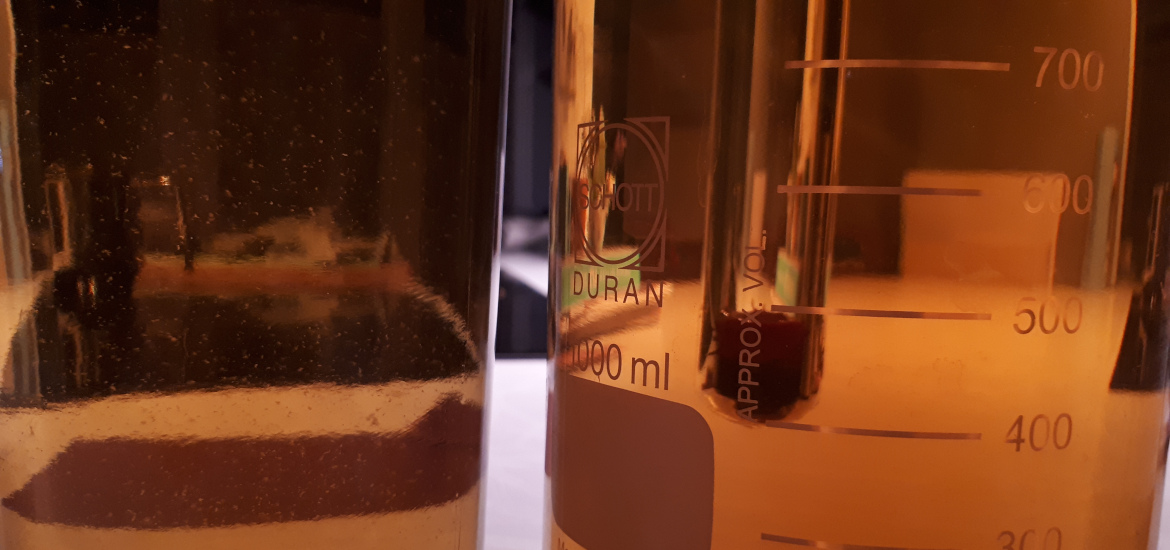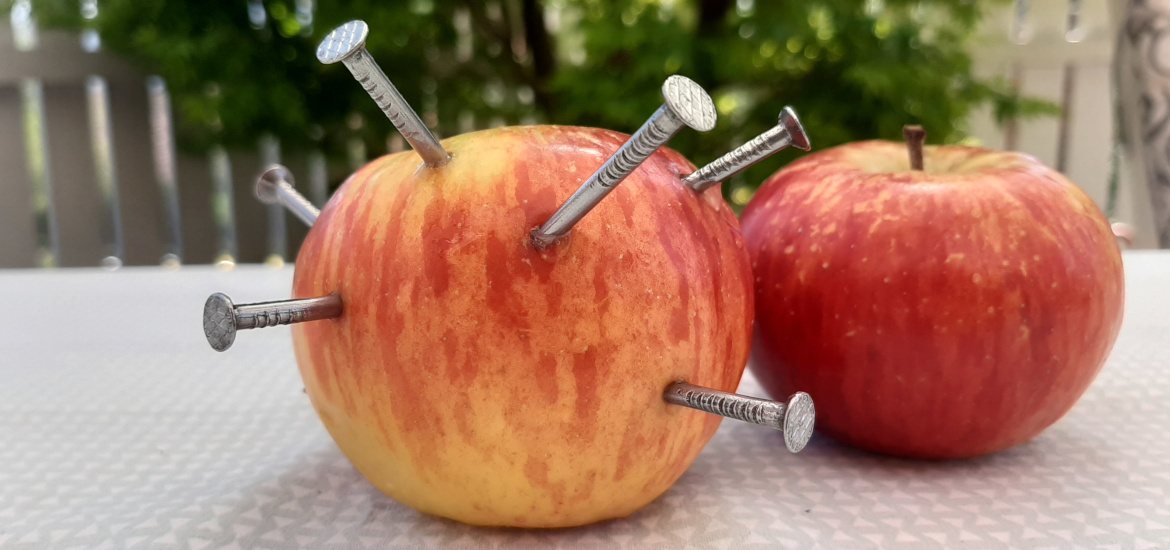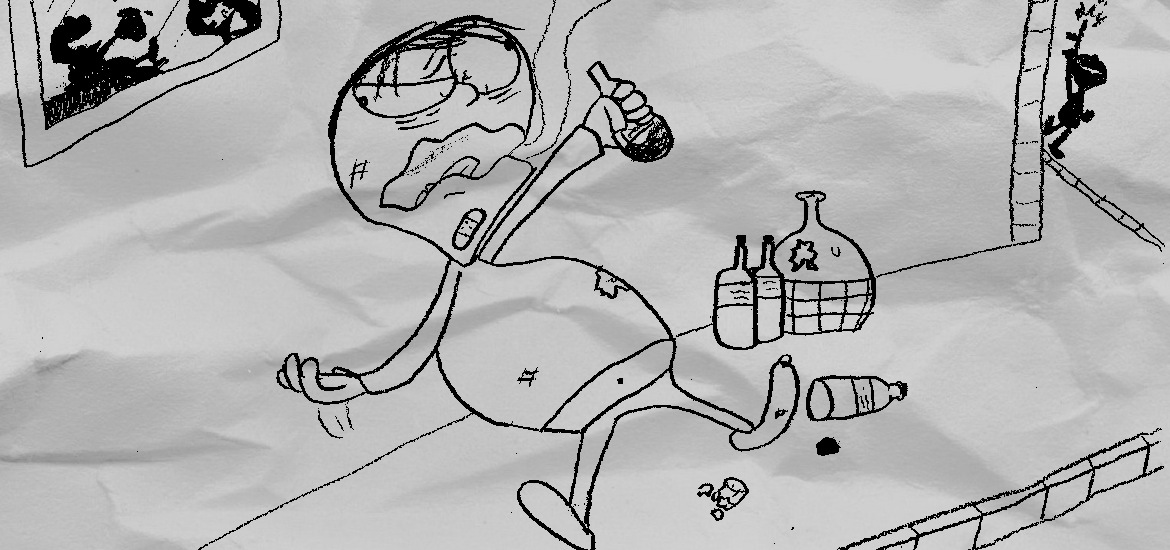Wine is certainly a great thing, but it has a small flaw. It is very delicate and relatively hard to keep in top shape. Even in bottles it does not last long. Wine from french kings definitely has a certain allure, but the taste is not something to brag about. Even worse, if you want to transport wine to faraway places with ships, it easily turns bad. With today’s knowledge and stabilizing techniques, this is not much of a problem, but 100 years ago it was impossible. Therefore fortified wine – like Port, Sherry, Madeira and Marsala, were introduced as the perfect solution. And since they offer something unique in terms of taste and experience, they are still widely popular today. Despite modern preservation and stabilization techniques.
Fortified wine is made by adding alcohol in form of various destilates to more or less fermented wine. The sooner the destilate is added, sweeter the wine. The sweetest fortified wine is made by the addition of destilates directly to the grape juice. If this can be called fortified wine is debatable, but the taste and alcohol content are definitely not lacking. More accurately this subset of fortified wines is called Vin de liqueur and is especially popular in France. Pineau is its most internationally famous representative. It is really sweet, full of flavor and goes great with sweets. Definitely something to have in the long winter nights.
My first try
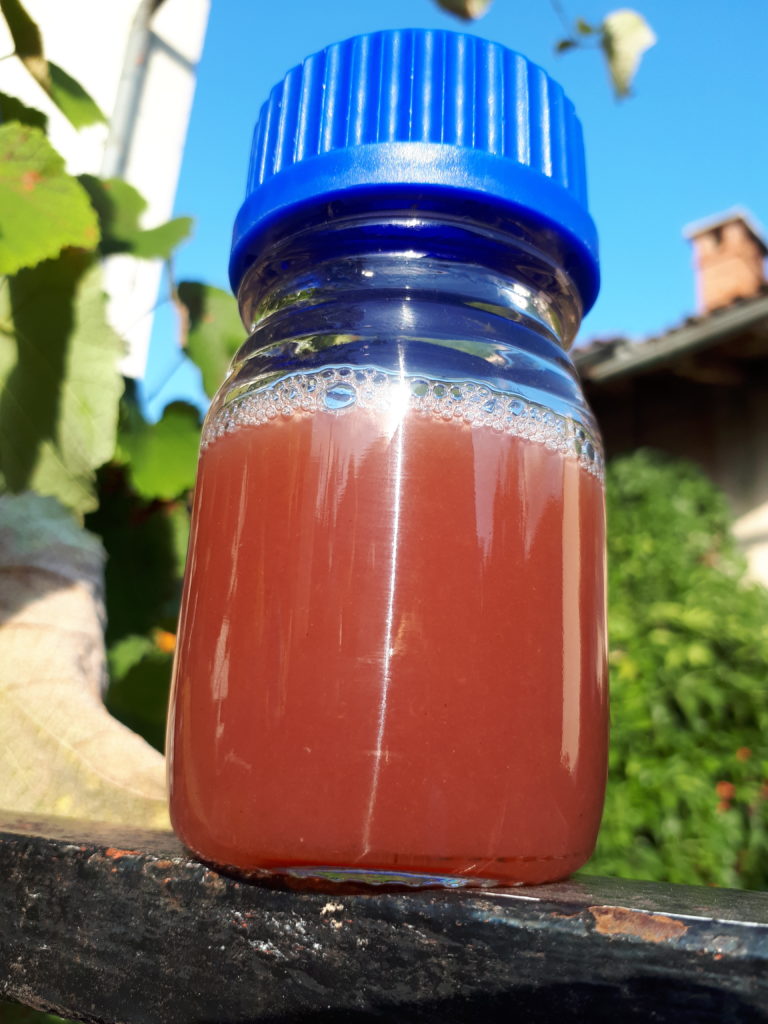
The process starts naturally in autumn, when grape juice is available in abundance. I picked a sweet grape juice from red grapes – merlot and cabernet sauvignon. The juice
was fairly sweet, having around 240 g of sugar per one liter (to recalculate this go here). Brandy matured for three years in a fresh oak barrel was used to bring the alcohol to about 20% ABW. Starting brandy strength was around 68% ABW, so the final blend was one part brandy and two parts grape juice. After mixing, the result was pleasant tasting, sweet drink, but still cloudy as the starting grape juice. Surprisingly, the fortified wine settled and cleared after about 3 hours, while the starting juice was still completely cloudy.
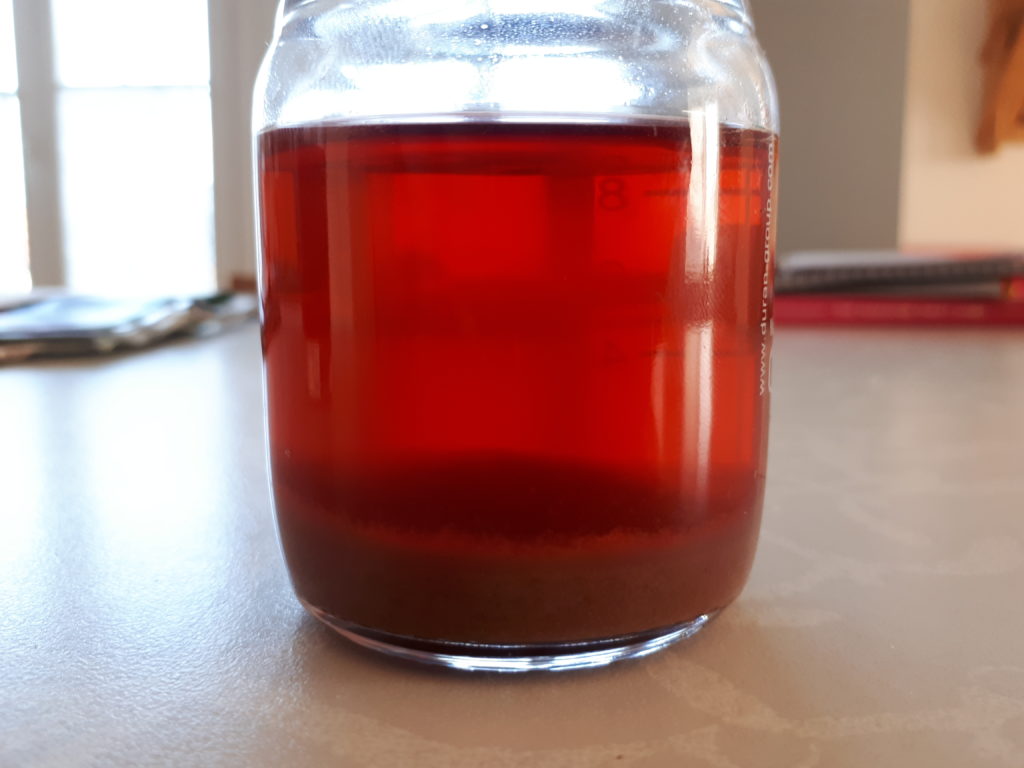
Apparently the alcohol is doing its job – killing the microbes and preserving the wine/juice. The pH of the fortified wine was 3.3 and was not adjusted, since this is enough to ensure proper microbiological stability. It was stored in the same barrel where the brandy was maturing before. It was decanted after one month due to a lot of sediment. About 1.5 liters were lost due to decantation and were replaced by young red wine. The pH after decanting was 3.2 – the addition of wine had practically no effect. The taste was very sweet, pleasant, with no strong acidity or unusual aftertaste. The color was brilliant – ruby, soft, totally clear – practically perfect. The future looked promising.
After one year the first testing was in order. The result was fabulous! The sweetness of young wine was gone. It was replaced by a rich mature taste that was not too sweet, but extremely pleasant. Overall a great improvement and the result was practically perfect. From my side, this is the perfect recipe for fortified wine. Now the wine could be stored in bottles and freely enjoyed.
Cheers!